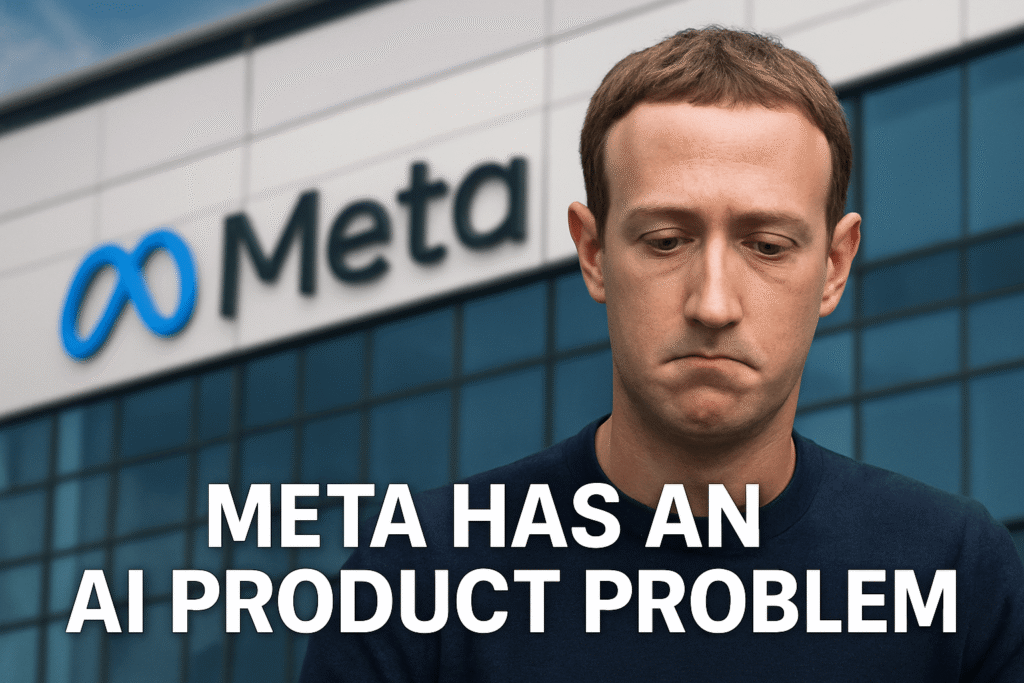I recently came across Meta’s latest updates, and I couldn’t help but notice how much money the company is spending to expand its technology. Meta is building huge data centers across the U.S., with reports suggesting that infrastructure spending could reach around $600 billion over the next few years.
That kind of spending might seem normal in Silicon Valley, but investors on Wall Street are starting to worry.
Big spending, small results (for now)
When Meta shared its recent quarterly results, it became clear where the money was going. The company’s operating costs went up by $7 billion compared to last year, and capital expenses climbed nearly $20 billion. Most of that spending is going toward hiring top technical talent and expanding computing power.
The problem? These projects haven’t yet produced much new income. During the earnings call, Mark Zuckerberg said the company was just getting started and that the spending would continue to rise in the coming quarters.
His goal was to reassure investors that this was the right long-term move — but it had the opposite effect. Meta’s stock price fell sharply after the call and dropped even further over the next two days. By Friday’s market close, Meta had lost more than $200 billion in market value.
Profits are strong, but investors want clear answers
In fairness, Meta is still earning plenty — around $20 billion in profit for the quarter. That’s a number most companies would celebrate. But this was the first time that Meta’s large-scale technology investments started to weigh on profits.
The big question everyone is asking: what exactly is Meta building, and when will it start paying off?
When analysts pressed Zuckerberg for details, he could only give general answers about “new products and better user experiences.” There wasn’t a clear timeline or a major product announcement to back up the huge spending.
Other tech giants are handling things differently
It’s not just Meta pouring money into computing infrastructure — companies like Google and Nvidia are doing the same. The difference is that their investments are already tied to successful, money-making products. Investors can see where the growth is coming from.
That’s not the case with Meta. While others are generating strong revenue from their new tools, Meta is still in the experimental stage, trying to figure out what works best.
Searching for a winning product
Right now, Meta has a few interesting projects on the table. The company recently launched its smart glasses, which are designed to combine fashion and technology. They look exciting but still feel more like a preview of future ideas rather than a major business breakthrough.
Meta also continues to work on creative tools within Facebook and Instagram, but it’s not yet clear how these tools will help the company earn more revenue in the long run. They may attract users, but they’re not game changers just yet.
Zuckerberg’s big promises
During the earnings call, Zuckerberg talked enthusiastically about the future, saying that new products are on the way and that the next generation of technology will change how people use Meta’s platforms.
However, this was an earnings call, not a product launch. So, all he could promise was that there would be “more to share in the coming months.” Investors didn’t find that very convincing.
The clock is ticking
It’s still early days since Meta restructured its research teams earlier this year. The new leadership hasn’t had enough time to roll out major innovations. But with billions of dollars being spent, the company needs to show progress soon.
What direction will Meta take? Will it use its deep understanding of user data to build smarter tools? Will it focus on entertainment, social experiences, or business products? No one outside the company really knows yet.
What’s clear is that Meta is under growing pressure to deliver results — and fast.


